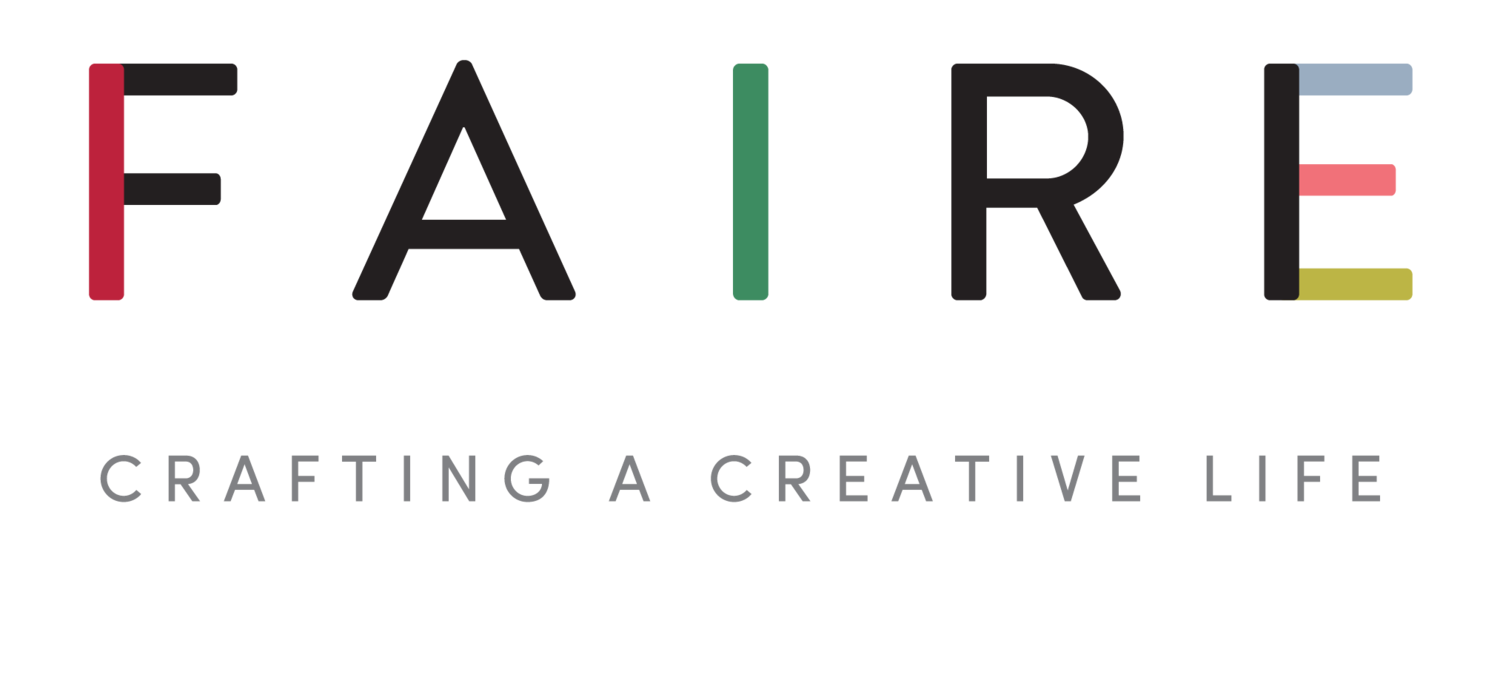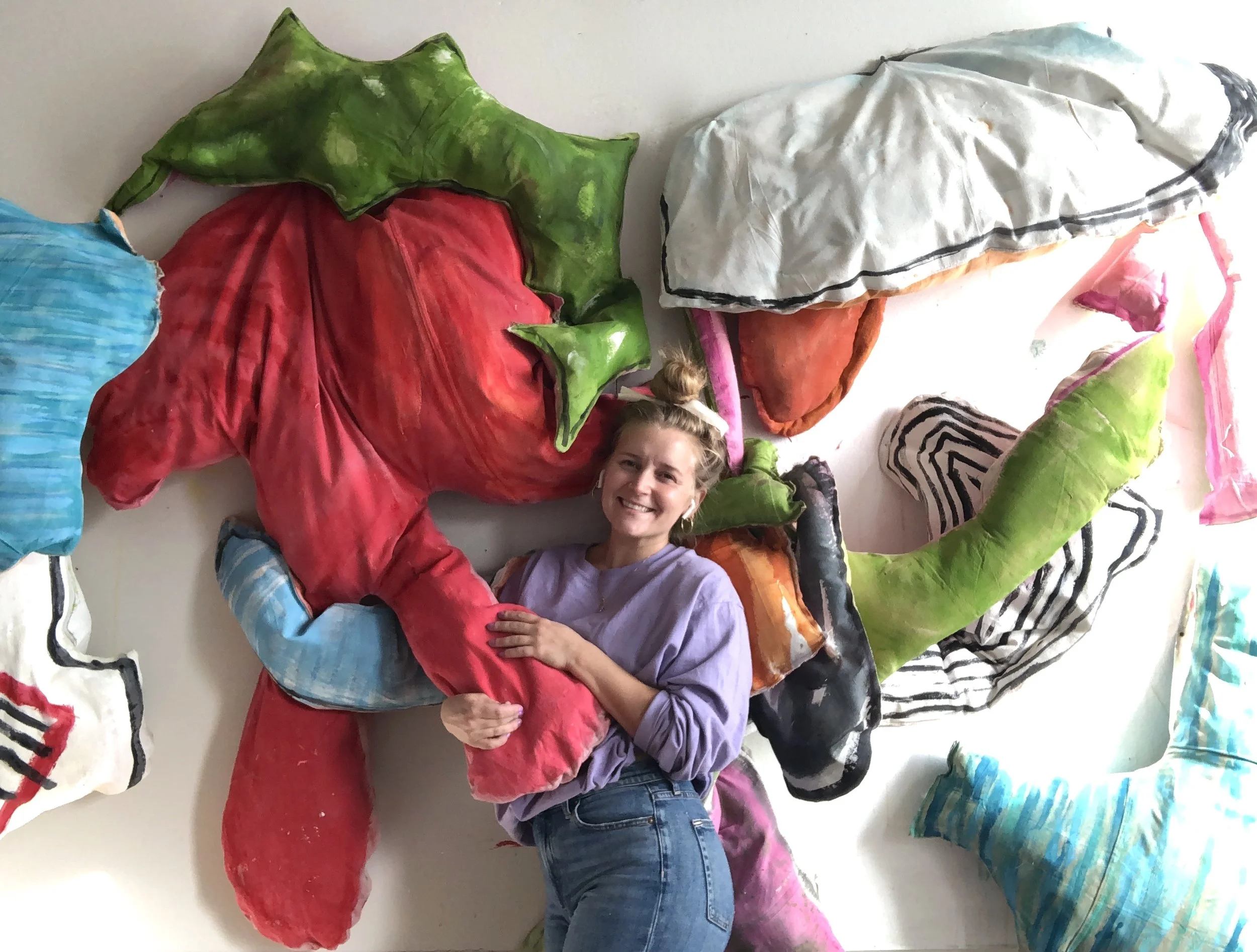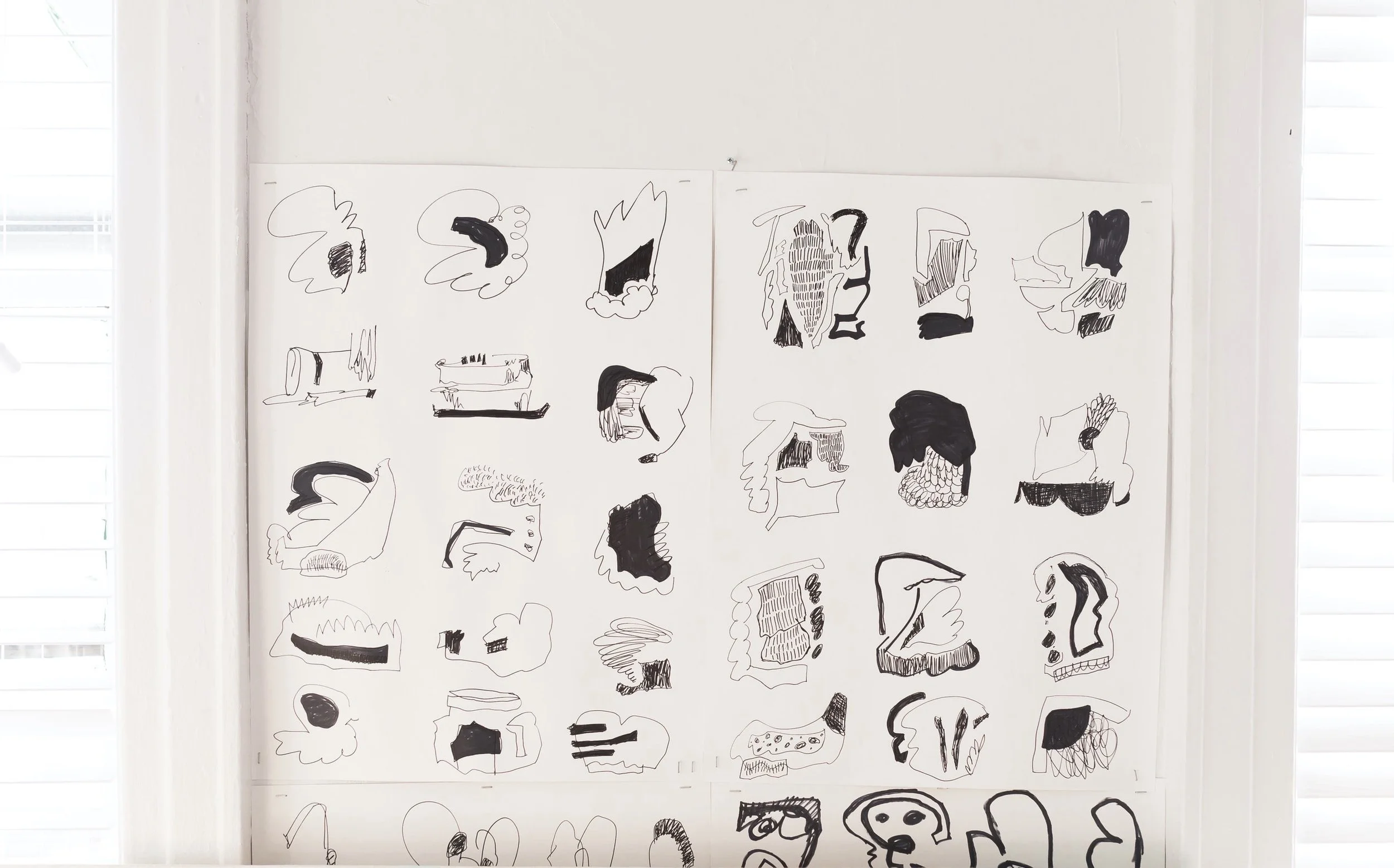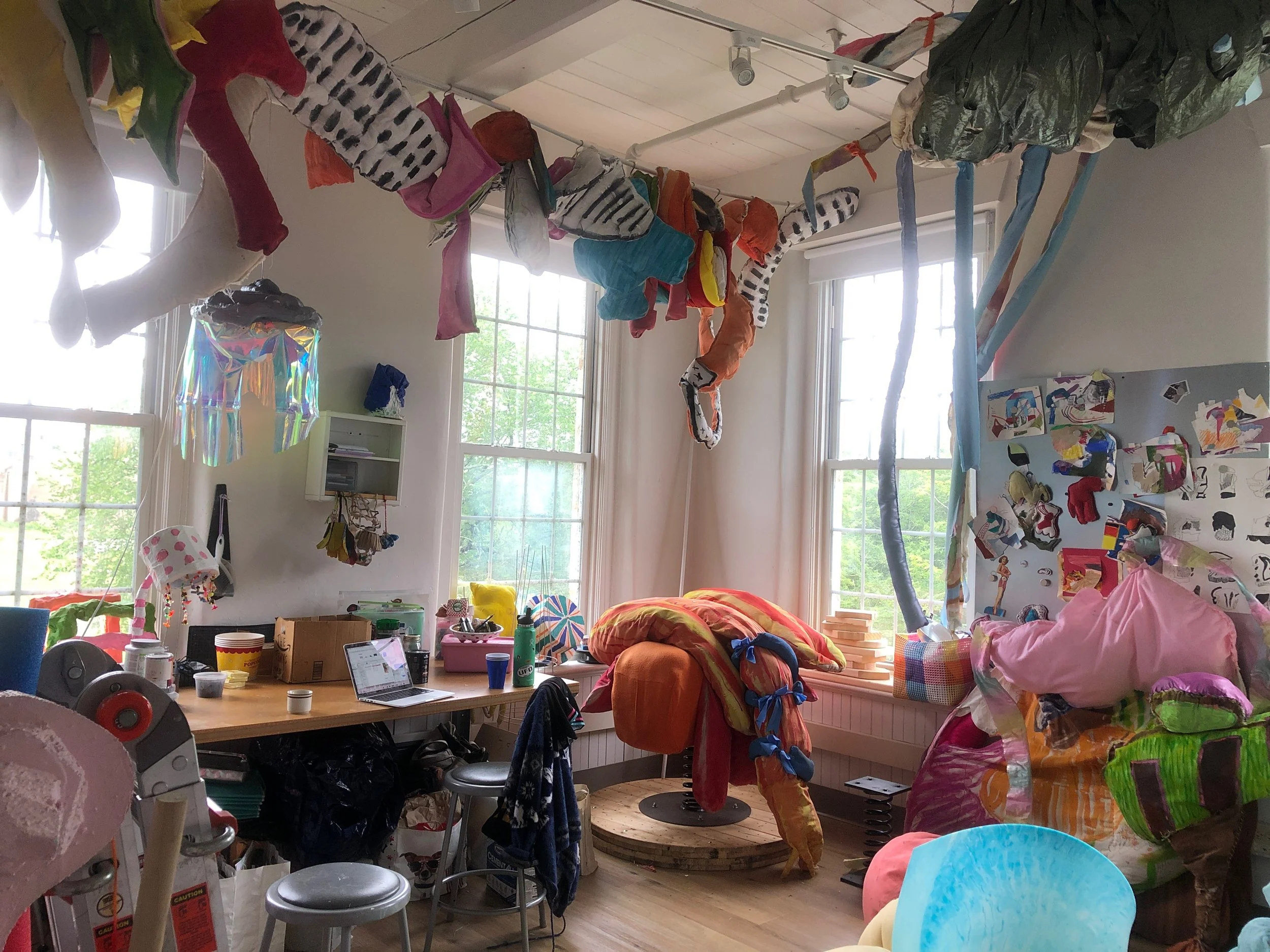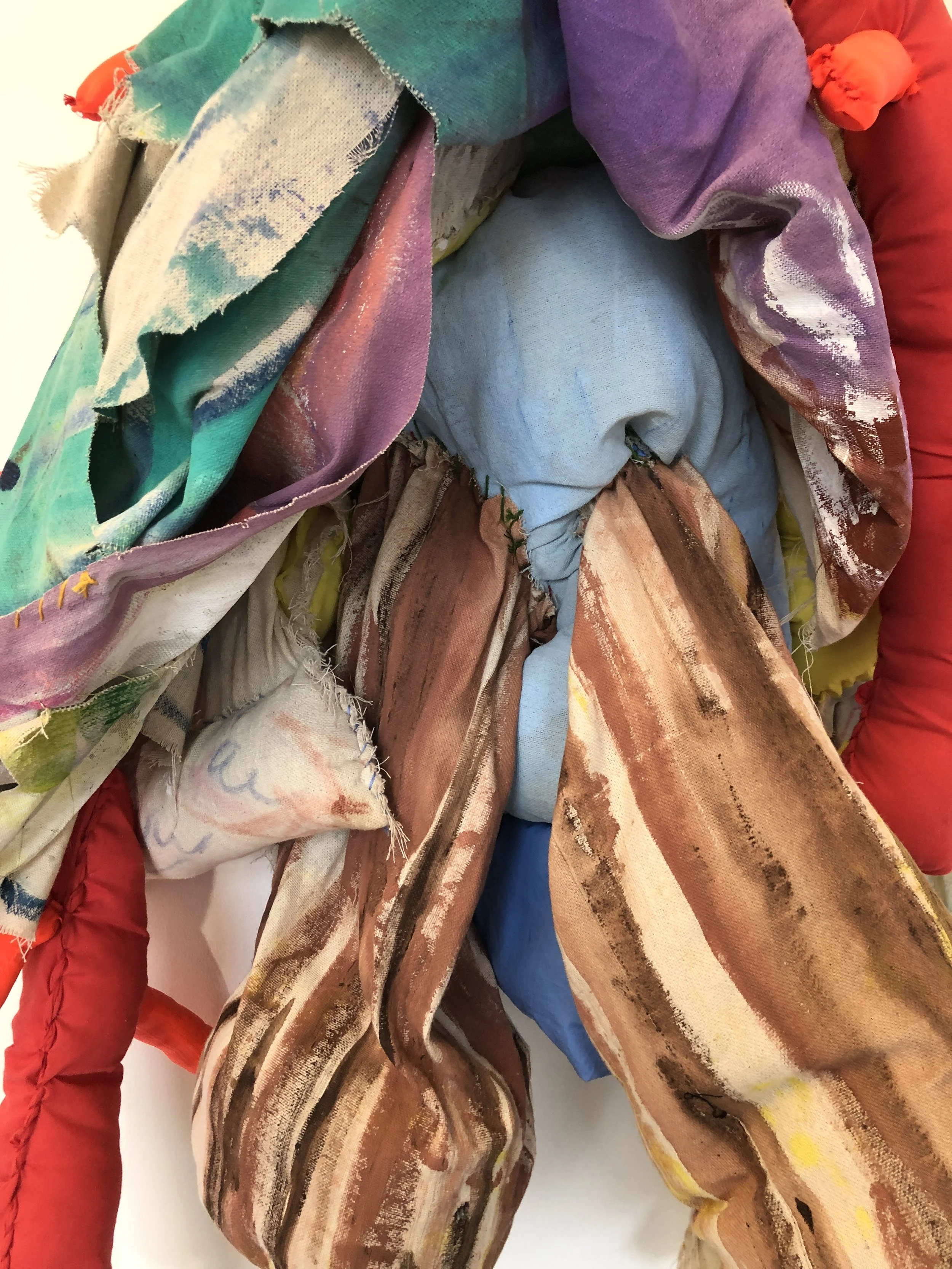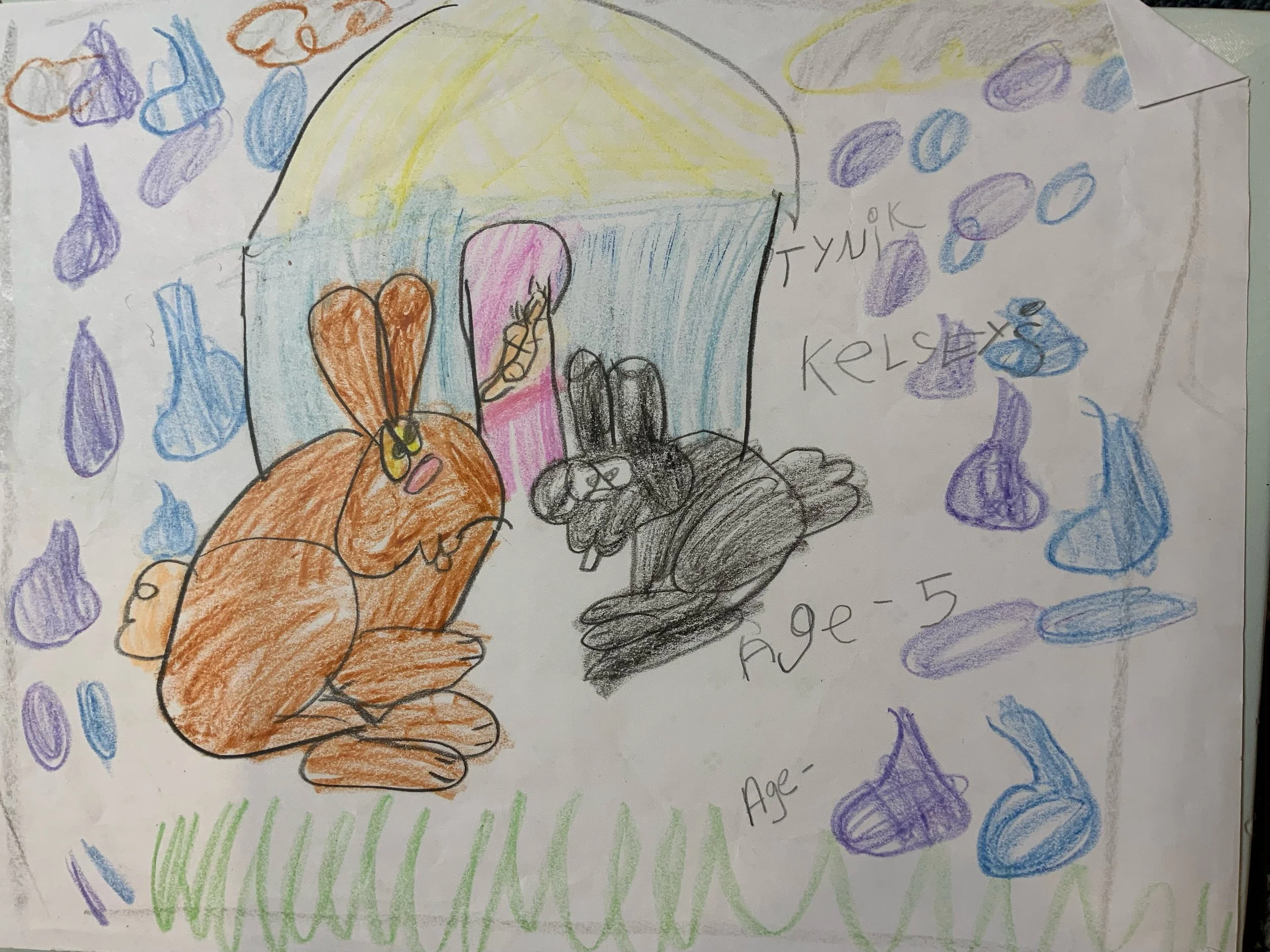Story time with Kelsey Tynik
Exploring the importance of playfulness and malleability in creativity.
Photograph by Kelsey Tynik
Kelsey Tynik is an interdisciplinary sculptor who has exhibited in New York, Connecticut, Arkansas, Texas, and California. She most recently exhibited at Collar Works (NY), Hesse Flatow (NY), Ely Center of Contemporary Art (CT), and JEFF (TX). She has been an artist-in-residence at Mass MoCA, Arts, Letters, Numbers, and ChaNorth, and will attend Vermont Studio Centers this December. Her work has been featured in Hyperallergic, Artforum, and create! Magazine, The Coastal Post, and I Like Your Work.
Photography by Anne Lee Photography
Words by Kelsey Tynik
My Work
In my studio, as a sculptor, I create pieces that allow the viewer to escape. The work appears friendly, with an underbelly of hesitation, like an organ that you might want to snuggle with. These sculptures are made of fabric and wood. The fabric is painted with thoughtfully energetic marks, then manipulated, and sewn together. I hand sew these elements with embroidery thread using a multitude of stitching – whip, chain, running, lazy daisy, blanket, or french knot. The embroidery thread acts as another form of mark-making. These soft sculptures, at times, are adorned with beads or finished off with a meaningful mark from a beefy pastel stick.
Photography by Matt Sherman Photography
Photography by Jenny Gorman Photography
I create the wood pieces with the fabric in mind. I ask myself how I can create tension, dialogue, and intrigue in these works. I use wood to amplify and highlight the loose nature of the fabric. I often feel a shift in intuition when it comes to wood. Wood needs to be sequenced, considered, and planned for. There is an ease with textiles that I can not bring to a piece of pine or poplar. This is why these pieces function so beautifully in tandem. Two separate materials come together as one. The wood can both support or overtake the fabric. Sometimes, the material is sewn directly into the wood, and they are forever tied together. These sculptures are soft and hard, in struggle and in love. They are squeezed too tightly and pathetically drooping. They accept and reject one another while they play in lovely conflict.
Photography by Matt Sherman Photography
Inspiration
As a working artist, there is the inevitable question of inspiration. This question, for me, is an evolution, and one that I hope remains in constant progression. I like to consider my studio mascots and studio pests as both my harshest and most supportive critics when I work. I look over at a fluffy and confused piece I made six years ago and wonder what about that piece that has survived three separate moves. I look over at what I call my problem child and wonder if it will stop pestering me when I try to go to sleep at night. I think of my harshest critic and the naysayers, and then I think of my supporters. I think of them literally and abstractly, whatever keeps pushing me forward. That is when I think of Pappy Drewitt.
Photograph by Kelsey Tynik
Looking back
I was laying on my floor, stomach to the fluffy gray carpet, with my knees at a 90-degree angle. I was kicking them back and forth in a stereotypical way, but it was natural and genuine. I was seven and it was my favorite part of Saturday morning. Surrounded by my arsenal of creative instruments, my elbows propped up, it was time for PappyLand. Pappy Drewitt was a kids drawing teacher on PBS and his theme song began promptly at 9 am.
‘Did you ever want to paint? Did you ever want to draw? Did you ever want to recreate anything at all?.’
Yes, Yes, and Yes. Pappy lived in Pappyland with his friends Blinky Brush, and Doodle Bug. Every week he would walk through Pappyland with his giant, magic, red coloured pencil. This was the 90’s. There were no TI-VO, DVR, or means to record programmes in advance. When Pappy took to the screen, you needed to be ready to draw with no pausing or rewinding. Those 30 minutes I spent with Pappy would make or break my Saturday. I would either walk downstairs and show off my masterpiece, or I would sit in the room angrily drawing the subject over and over until it looked like Pappy’s.
Photograph by Kelsey Tynik
The busy school week helped to pass the time until my next date with Pappy. One day in art class we were working on a foam drawing and learning the early skills of printmaking. We used toothpicks to draw lines on foam, recuperated from discarded take-out boxes. Once we had our impression, we would roll ink onto the foam and stamp our papers. I remember the day I was working alongside my friend Dan when he exclaimed loudly that he had ruined his print. He threw his foam down in defeat, the drama of the second grade! He let me look at his ‘ruined’ piece and I thought of my Saturday dates. Pappy did a ‘Just Doodle Do It!’ challenge where a child would come on screen and do a doodle. They would draw an abstract squiggle and Pappy would be challenged to make a drawing. He could turn a squiggle into ANYTHING. I used to play this with my mom, and I reigned supreme. I took my friend Dan’s foam and showed him where he could connect the lines to make a fish, instead of a dinosaur. His piece wasn’t ruined, it was reincarnated.
Photograph by Kelsey Tynik
Photograph by Kelsey Tynik
For that short moment on, I felt a kinship with Pappy. I my imagination, I had joined his crew of pals and was able to show Dan that lines can be made into many things, even if we aren’t sure at first. Pappy lived in a magical world where creating was paramount and I had extended that magic to my second-grade classroom. Each time I made a new creation, I did it for Pappy Drewitt, Blinky Brush, and Doodle Bug; I’m convinced they’re still my most supportive critics.
Photography by Anne Lee Photography
Today, I think of this childhood moment and consider how my work functions now, how it is born through play, often cut up and put on a shelf, archived in my own system, and brought back out for a rebirth whenever it suits me. I think of how I showed Dan, through Pappy, that pieces can be precious, but they can also be flexible. They can be reworked, reconsidered, and respected.
Photograph by Kelsey Tynik
My sculptural pieces hold their boundaries. They are not pieces that will be tripped on or walked over. They have gusto and authority. They are wacky and sweet. Powerful and tender. They hold far more contradictions than I do myself. They are pieces that often live more than one life and are always available for a refresh. Sometimes the smallest lessons show you the most about your creative process.
To find out more about Kelsey visit kelseytynik.com or follow @ktynik on Instagram.
